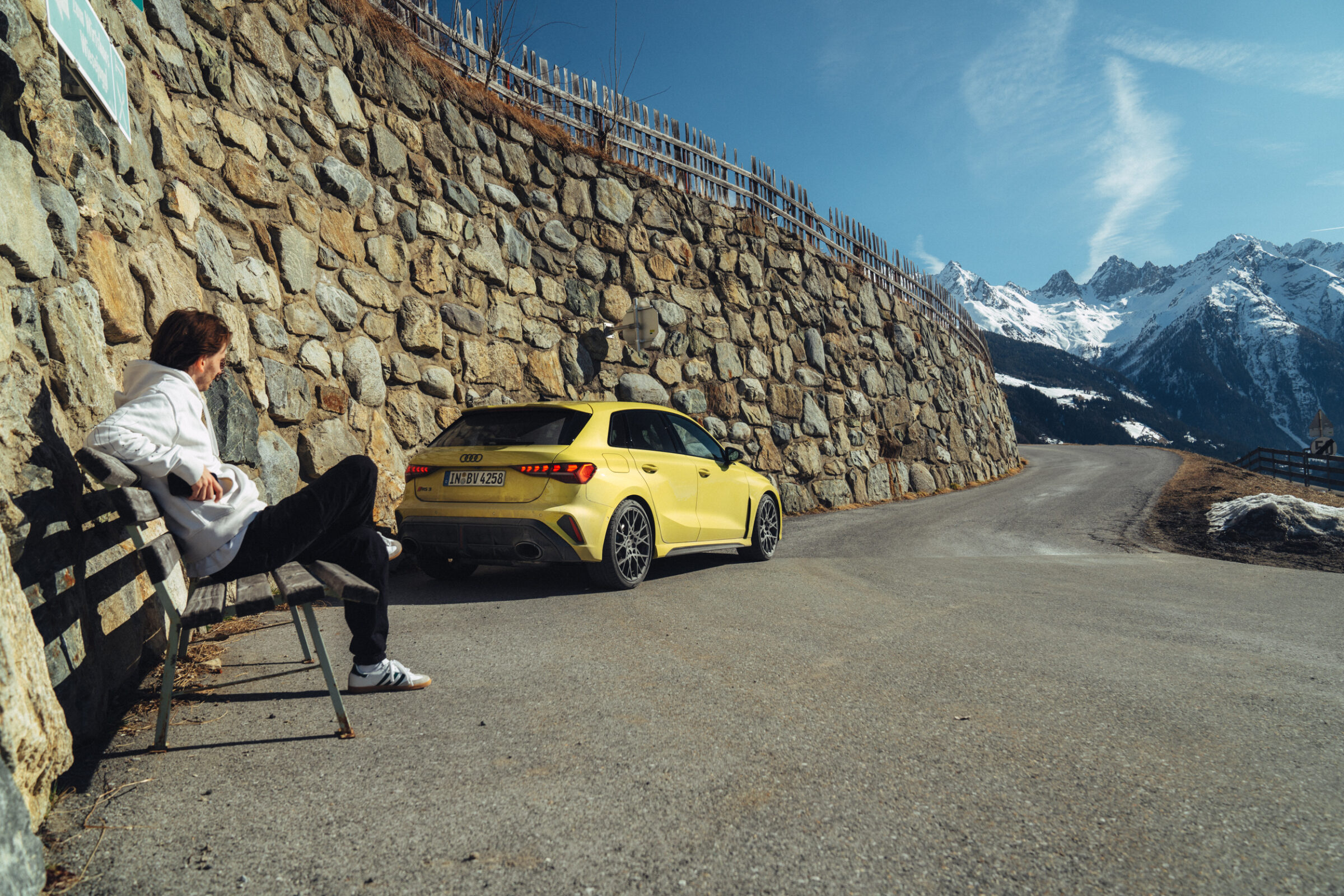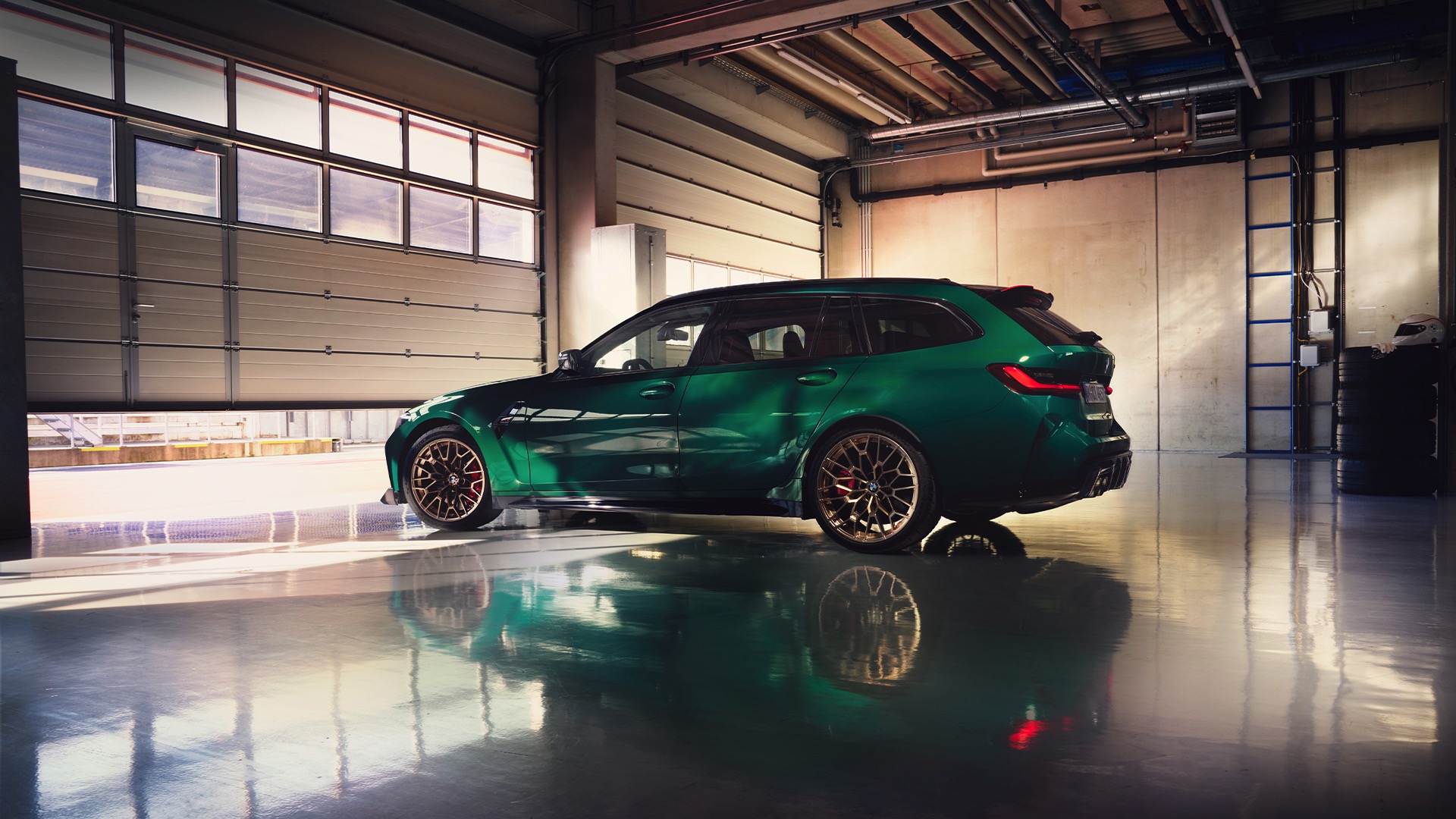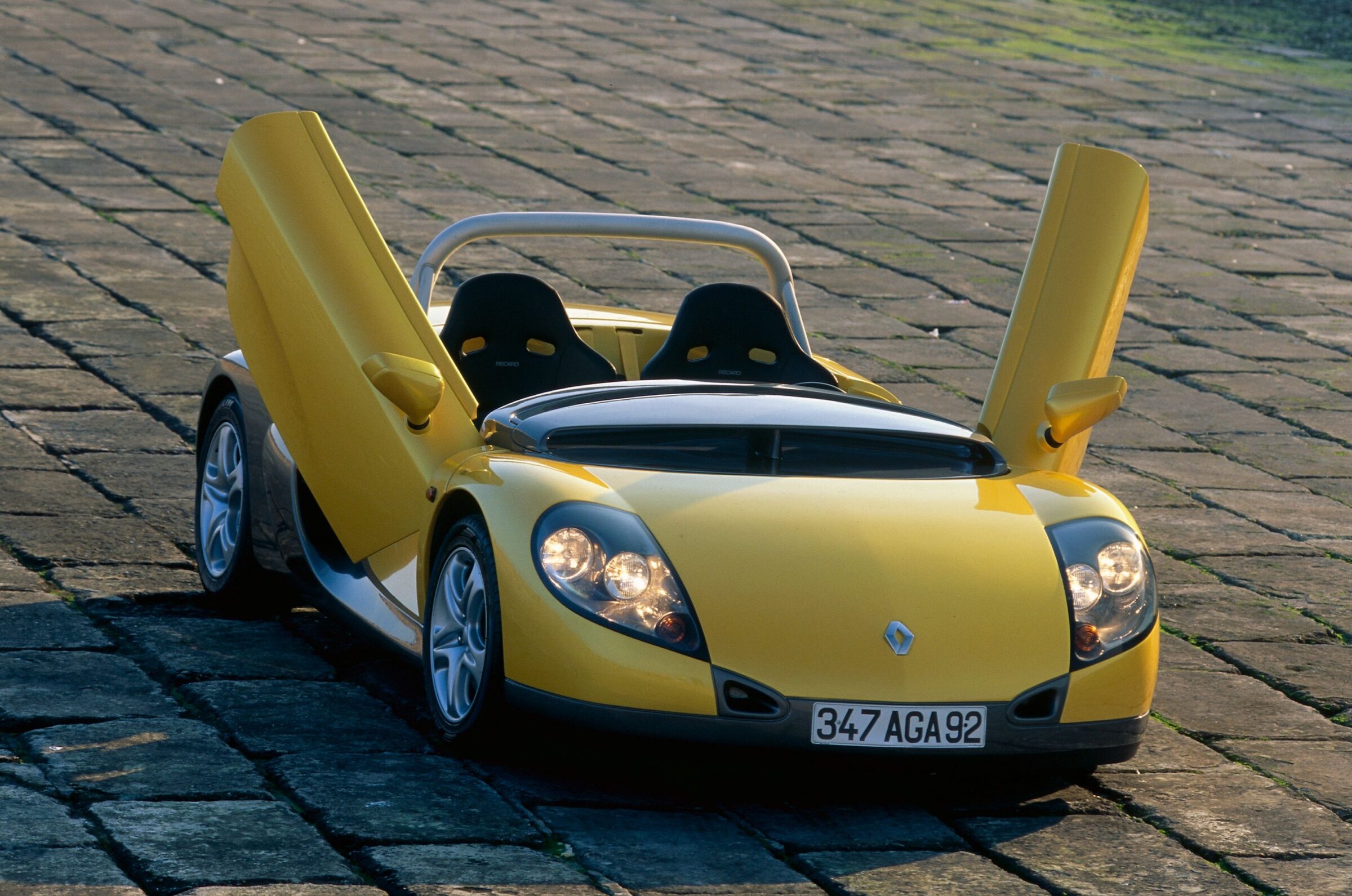50 Years of Volvo 164
In 1968, Volvo returned to an automotive sector, which had been occupied by them until shortly after World War 2. The ‘upper middle class’ or just ‘upper class’ (depending on the definition) was for many decades the home of the Swedish manufacturer. However, in 1950 ended the production of the PV60, which had been presented on the basis of pre-war models in 1946 with a new bodywork. Only 18 years later, the new 164 picked up the thread again and prepared the way for various successor models up to the current S90. Especially the US Volvo dealers asked for a suitable vehicle in order to be able to serve rising customers from the 140-series as well as P1800-customers who’d like to have a noble everyday car next to their Coupé. But also the German market was happy about the 164.
Already in the late 1950s, Volvo had worked on a new top model, which should’ve received a V8 engine. However, several market research studies predicted that the global car market, especially in the US, would tend to move towards more compact vehicles. Therefore, Volvo stopped all plans for the V8 model in 1960 and concentrated efforts on a more luxurious version of the 144, that was presented in 1966. Chief designer Jan Wilsgaard took the body shell of the 140 series and combined it with the front end of the planned P358, the aforementioned V8 model, whose design was already developed almost ready for series production. There are also associations with the rare P1900 Sport. The brand logo, dubbed ‘Iron Mark’, sat on the bonnet above the radiator grille and, as before the war, on a diagonal bar on the grille.




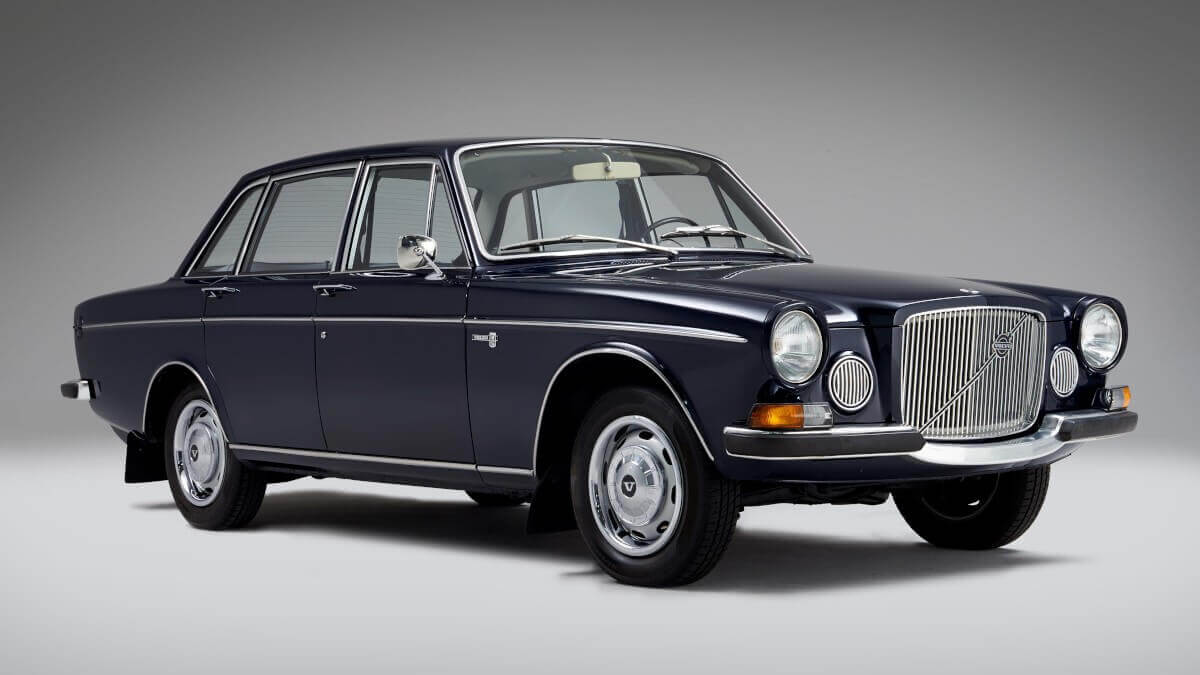



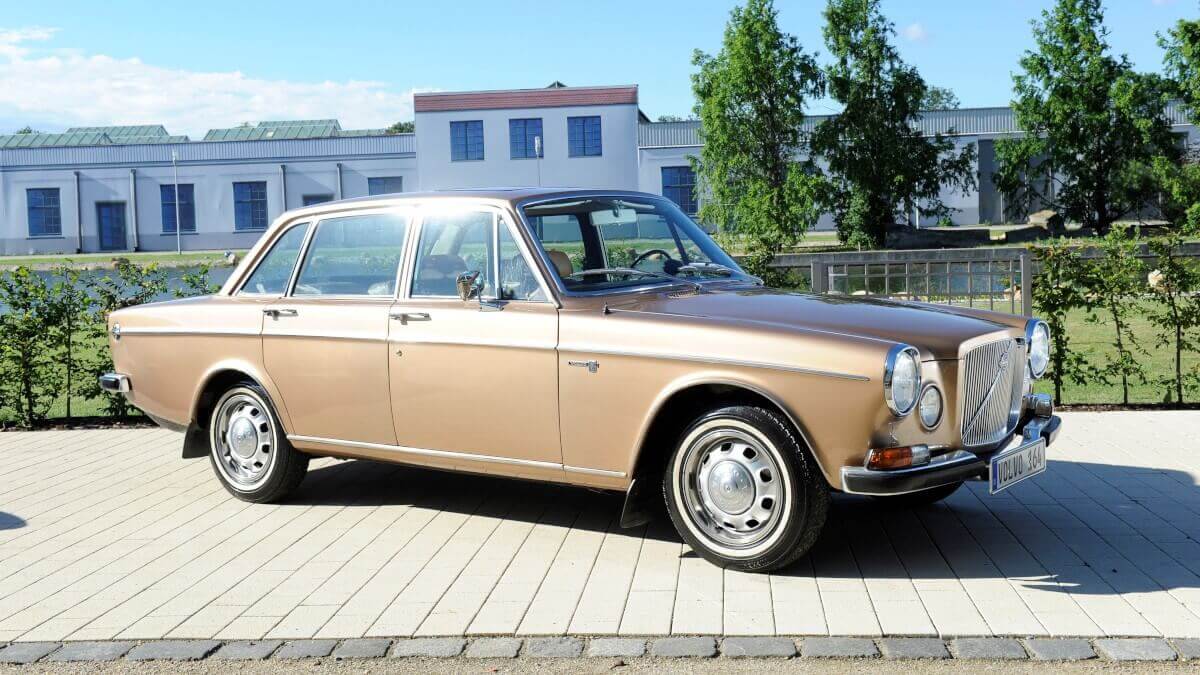



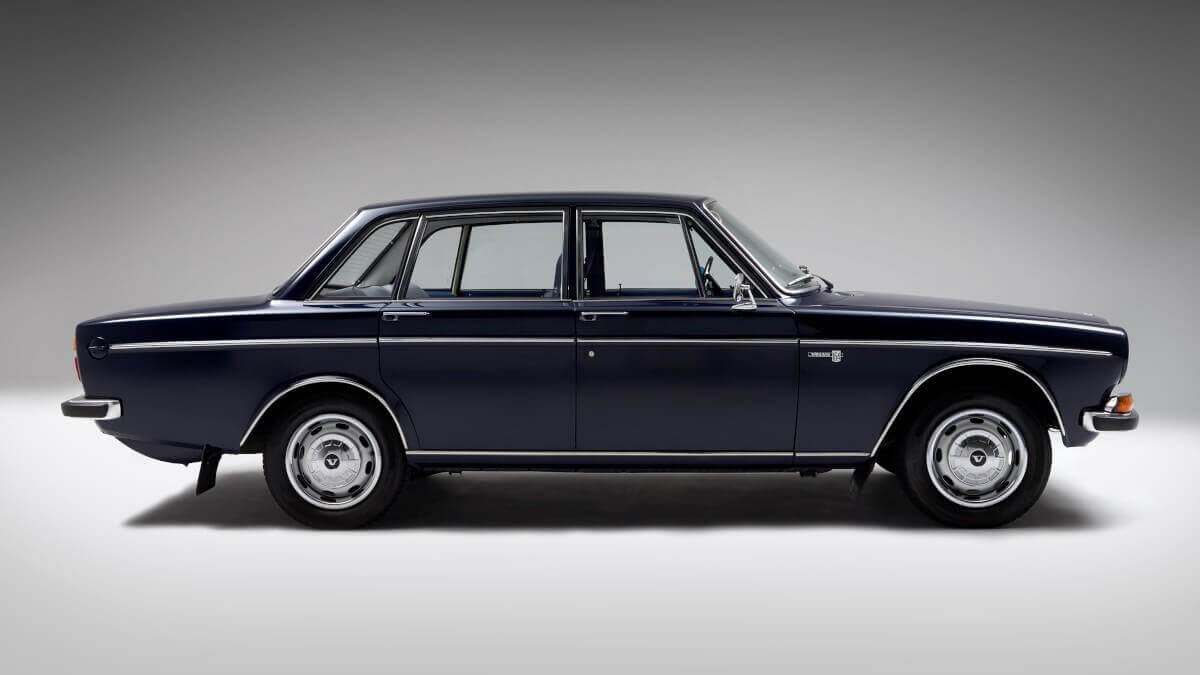



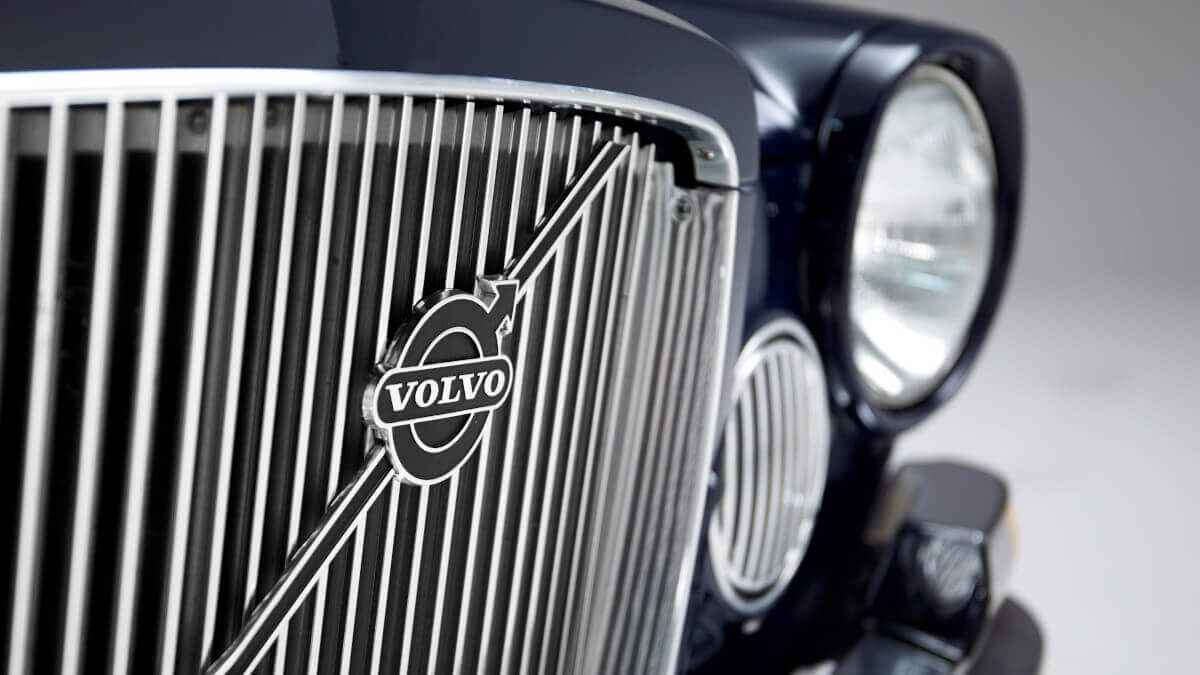

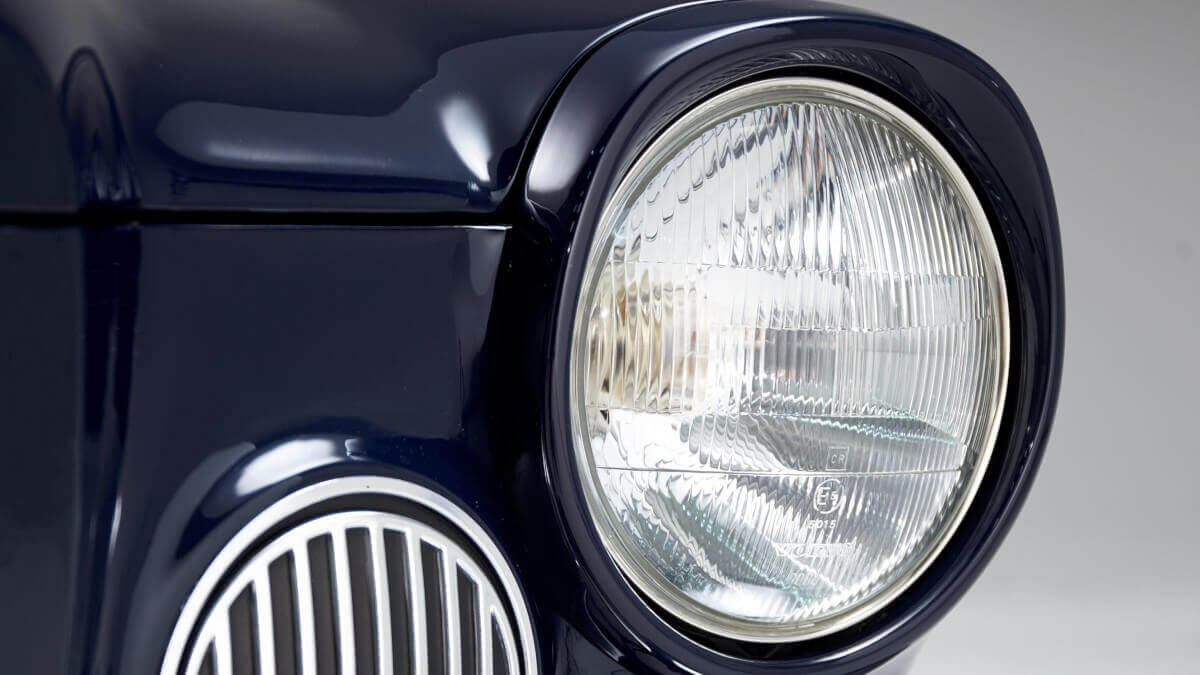







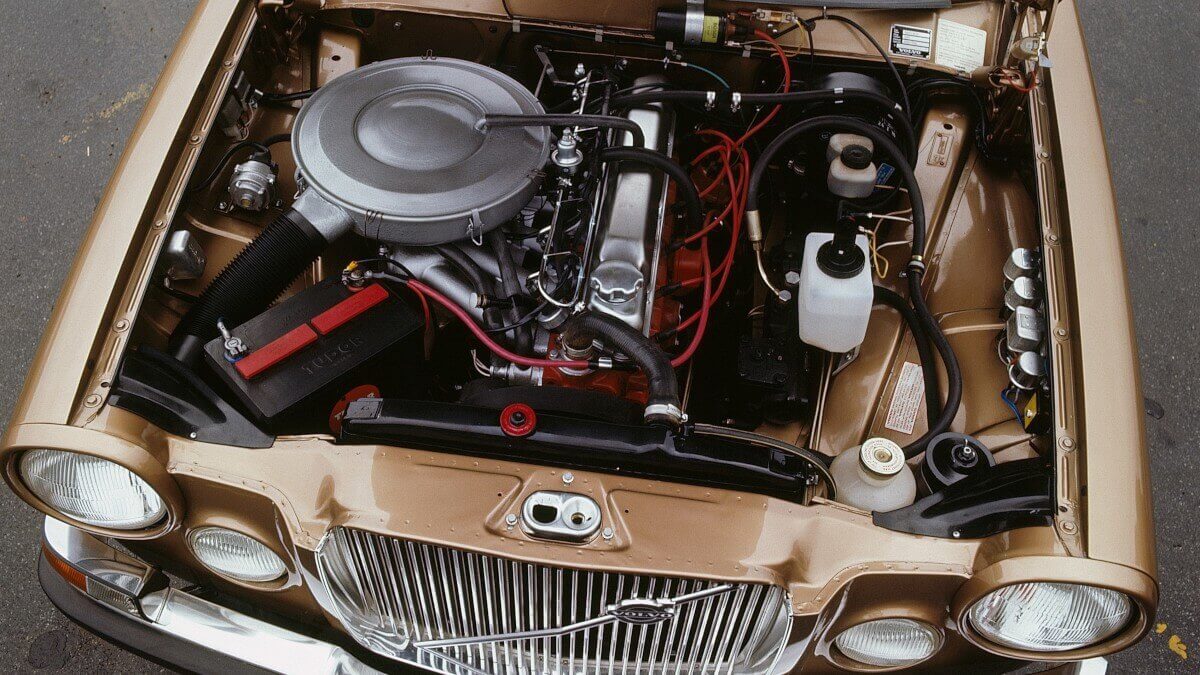



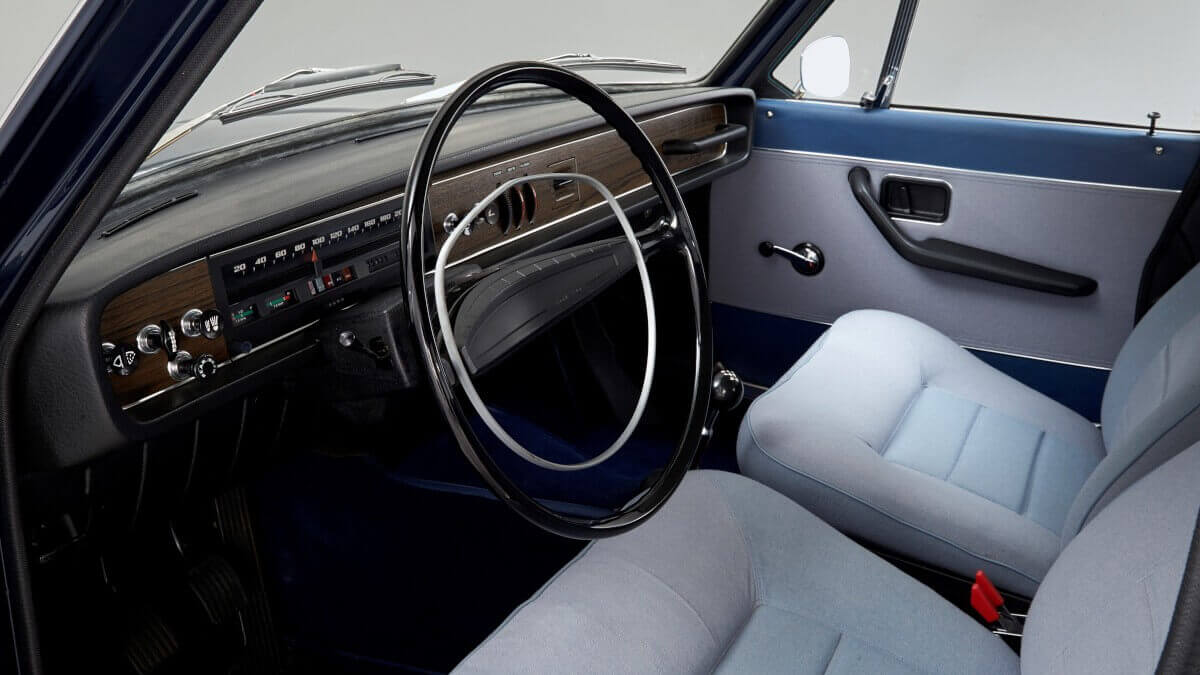

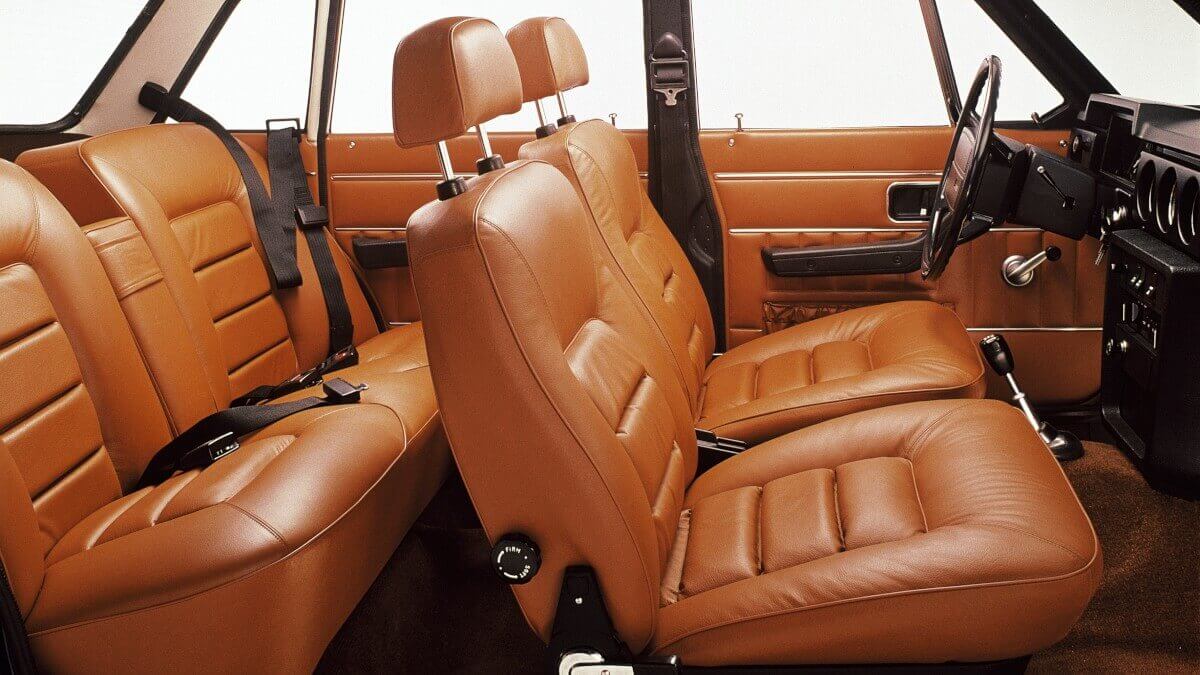



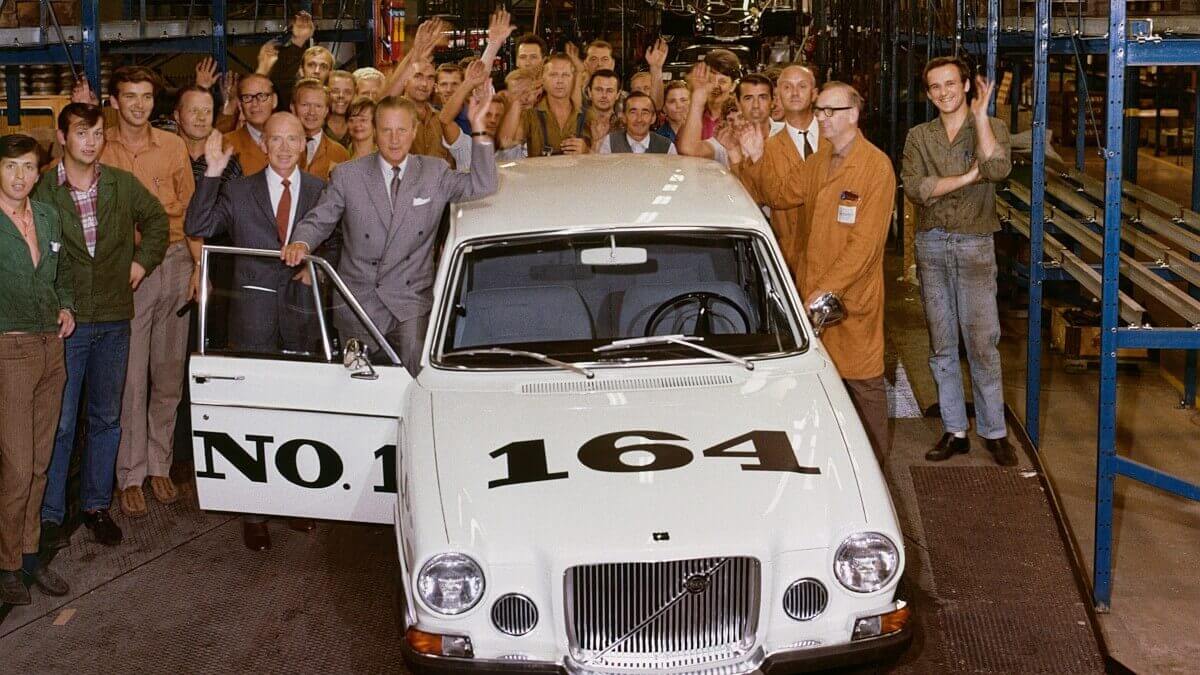

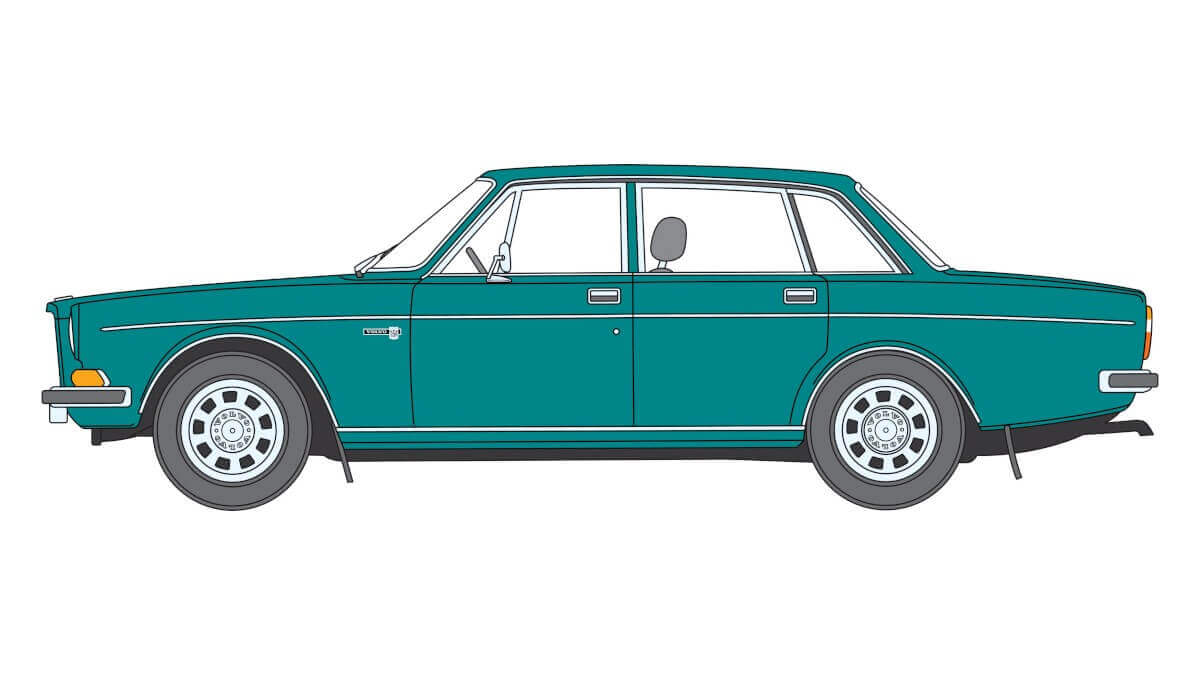

The front not only differs visually from the 140 series, it is also ten centimeters longer in comparison to accomodate a newly developed inline six-cylinder engine. Internally it is called B30, is an evolution of the four-cylinder engines from the 140s, has three liters of displacement and makes 145 hp thanks to a Zenith Stromberg double carburetor. Power transmission to the rear wheels is done by a ZF four-speed gearbox, whose gear shifter was ergonomically positioned on the center tunnel. Also the wheelbase grew by ten centimeters, which led to more driving comfort. All around the sedan offered high-quality materials and a nice ambience inside. The front seats and the individual seats in the rear are covered with thick wool fabric covers. A folding rear armrest and textile floor mats were standard equipment, which was also supplemented from the model year 1969 by a leather interior and headrests. US customers also received air conditioning, an electric sunroof, power windows and tinted rear windows.
Technically, the 164 continued to develop during the model years. In 1969, additional halogen headlights came into the front mask and in 1972 Volvo switched to an electronical fuel injection system. When the successor model 264 had already gone into production in 1975, the full year’s production from the Kalmar plant, where 164 production moved into for the final two years of production, went to the US market. Between 1968 and 1975 a total of 146,008 copies were made. One 164 was converted by Italian coachbuilder Coggiola into the prototype of the 262C, that was later produced by Bertone. Another car received an extended wheelbase and a high roof structure by Volvo’s own Special Vehicles department, to become the prototype for later Ambulance and Hearse versions of the successor 264. As a station wagon, the 164 wasn’t available ex works. Some coachbuilders built there own versions and often called them 165. The Volvo 3000 GTZ presented by Zagato at the Geneva Motor Show 1970, whose technical components are all taken from a 164, is undoubtedly visually exciting. It’s basis was provided by the Italian Volvo importer Motauto. After an accident this car probably still exists today, but completely disassembled. Maybe one day we might see it again at a Concours d’Elegance?
Images: Volvo


